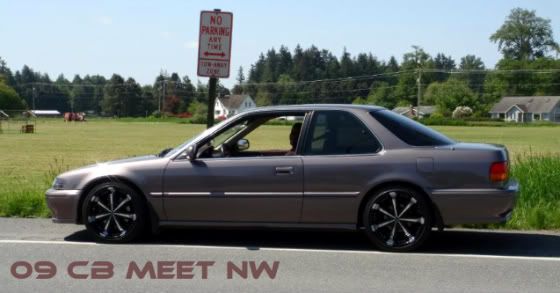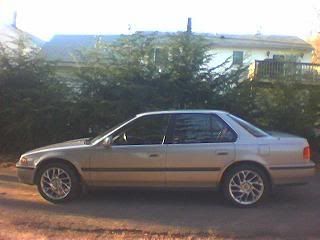as soon as i got the car i installed street act flywheel not even the race one, n it dropped the torque bad...
my other mods - exedy stg 1 clutch, + greddy evo2 exhaust n left it there...
my question is, does this really drop the low end torque, cuz it feels weak even for a honda XD, any replies are appreciated
my other mods - exedy stg 1 clutch, + greddy evo2 exhaust n left it there...
my question is, does this really drop the low end torque, cuz it feels weak even for a honda XD, any replies are appreciated







Comment